Among the most noble and iconic Vietnamese beverages, lotus tea stands out as a rare specialty that embodies the elegance, patience, and delicacy of the Vietnamese soul. From the lotus blossoms that bloom in the early morning to the meticulous handcrafted process, each cup of lotus tea tells a story of patience, reverence, and a love for the country's beauty. Let's uncover the secrets behind this precious tea, where the delicate lotus fragrance blends with the subtle astringency of green tea to create a truly unforgettable tasting experience.
A cultural heritage rooted in history
The tradition of lotus tea dates back several centuries to the era of Vietnamese dynasties, when lotus-scented tea was reserved for the elite, particularly scholars and the royal court. King Tu Duc of the Nguyen dynasty (19th century) was renowned for his passion for this brew, which he would enjoy at dawn by a lotus pond.
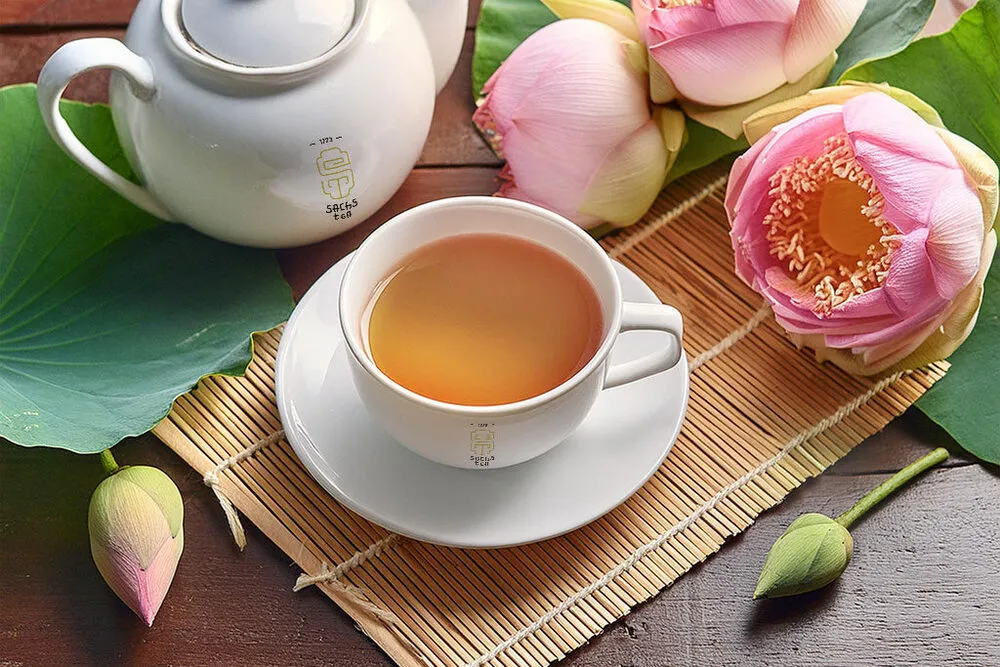
At that time, Vietnamese lotus tea was not only appreciated for its delicate taste but also for its philosophical dimension: it embodied harmony between man and nature, purity of spirit, and the ephemeral beauty of the present moment.
How Vietnamese lotus tea is made
Scenting lotus tea with stamens
What makes Vietnamese lotus tea so exceptional is the meticulous care taken in its preparation. It's not simply a matter of mixing tea leaves with lotus flowers, but a complex process of naturally infusing their floral aroma. Here are the main steps of the traditional method, still practiced in Hanoi and some northern provinces:
- Tea selection: A high-quality young green tea, typically from the northern mountains (like Thai Nguyen), is used.
- Lotus flower harvest: The flowers are picked at dawn when they are still closed and their fragrance is at its most intense. The variety used is often the sacred lotus (Nelumbo nucifera), recognizable by its delicate pink petals.
- Stamen extraction: The fragrance is concentrated in the stamens. Thousands of them are patiently extracted by hand.
- Tea infusion: The stamens are layered with the green tea, then the mixture is left to rest for several nights in a cool, dry environment. This step can be repeated up to seven times to achieve a deep, subtle aroma.
- Final sieving: Once the tea is infused, it is carefully sieved to remove the stamens, leaving only the fragrant leaves.
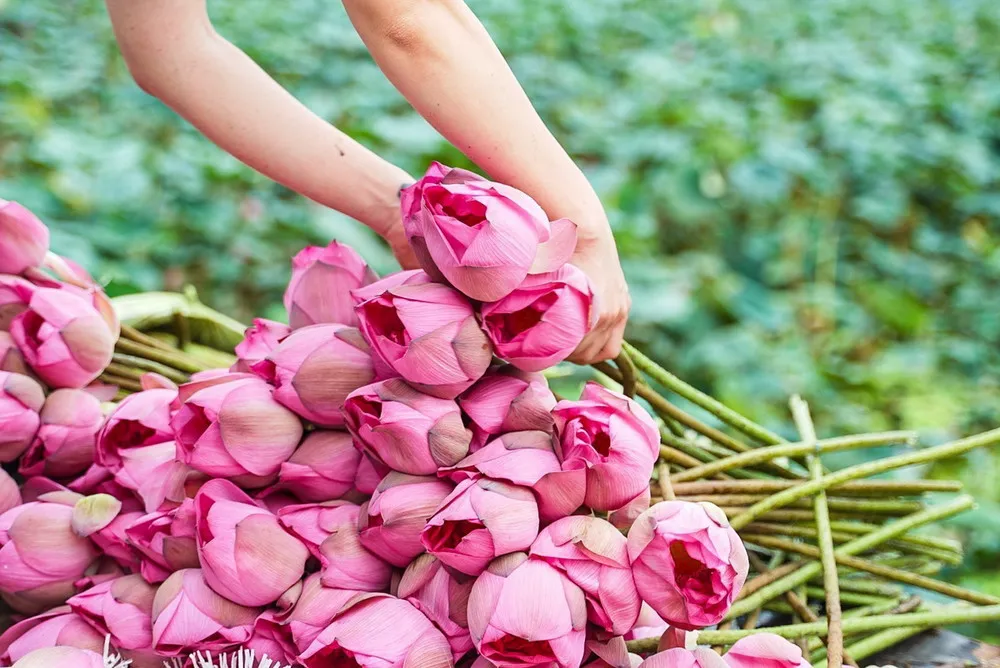
Harvesting lotus flowers

Extract the stamens carefully
This artisanal process can take between 10 to 15 days to produce a batch of premium Vietnamese lotus tea. It takes nearly 1,000 lotus flowers to obtain just one kilogram of tea!
Quick scenting of lotus tea with fresh flowers
In addition to the traditional infusion method, there is also a faster, more accessible method. This technique involves scenting the green tea by placing it directly inside fresh lotus flowers for a short period.
Here are the steps to follow:
- Harvest the lotus flowers: Pick the flowers early in the morning when their fragrance is most potent. Choose flowers that are still closed or just slightly ajar.
- Insert the tea into the flower: Gently open the petals without detaching them. Place 10 to 15 grams of dry tea into the heart of the flower, near the stamens. Carefully close the petals and tie the flower with a soft string or a strip of a lotus leaf.
- Macerate the tea: Place the tea-filled flower in a paper bag or an airtight box. Let the aromas infuse in a cool, dry place, or in the refrigerator's fresh compartment, for 12 to 24 hours.
- Retrieve the tea: Afterward, remove the tea from the flower. Let it air dry for a few hours to slightly dehydrate it before storing it in an airtight container.
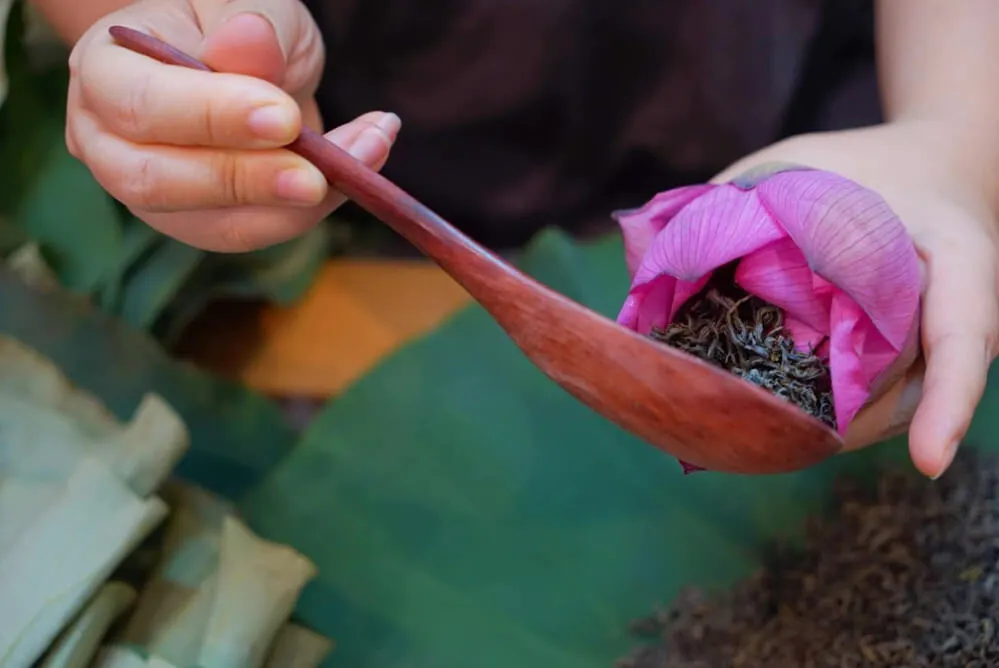
The unique flavor and fragrance of Vietnamese lotus tea
The result is a tea with a soft, floral, and slightly sweet aroma, without being overpowering. When hot water is poured over the dry tea leaves, a delicate scent rises, evoking hazy mornings on lotus ponds.
On the palate, the tea is subtle and slightly vegetal, with a floral finish. It leaves no bitterness or astringency, but a sensation of serenity and purity.
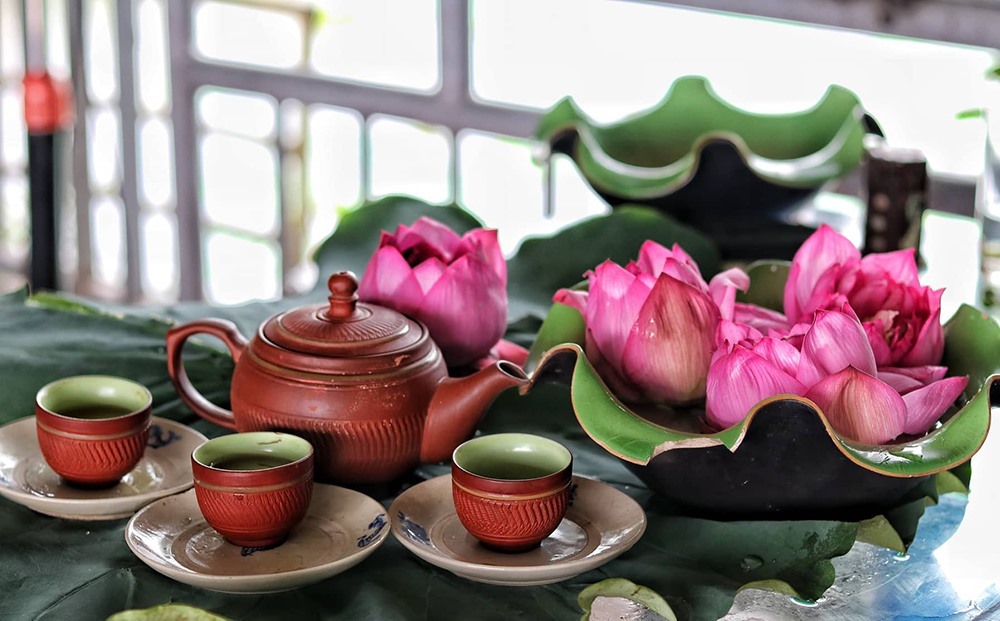
A ritual of enjoying lotus tea
In Vietnam, enjoying lotus tea - trà sen is often associated with a moment of calm, meditation, or sharing. It is offered to guests to express hospitality and respect. It's also common to serve it during ceremonies, traditional festivals, or simply during a family conversation.
The tea is served with care: small porcelain cups, a terracotta teapot, and water heated to the right temperature (around 80°C / 176°F). The movements are slow, almost ceremonial. The tea is savored in small sips, taking the time to appreciate every nuance.
Health benefits of lotus tea
Beyond its cultural and tasteful qualities, Vietnamese lotus tea is also known for its health benefits:
- Soothing effect: It helps calm the nervous system and promotes restful sleep.
- Improved concentration: Thanks to its low caffeine content, it stimulates without being over-exciting.
- Rich in antioxidants: The green tea leaves and lotus components are rich in polyphenols, which are beneficial for the skin and heart.
- Gentle detoxifier: It aids digestion and helps eliminate toxins.
Declining production, but preserved
Despite its refinement, lotus tea is becoming increasingly rare. Its artisanal production, which is demanding in terms of time, labor, and fresh flowers, makes it a luxury product.
In Hanoi, the village of Quang An, located near West Lake, remains one of the few places where this tradition is still alive. Every summer, artisans there pick lotuses at dawn. Some still perpetuate the poetic ritual of slipping the tea into freshly cut flowers overnight so it can absorb their fragrance—a practice that is becoming increasingly secretive.
Fortunately, faced with a growing interest in authentic products, several local initiatives are emerging to safeguard this craft: cooperatives, tea festivals, and the integration of trà sen into cultural tourism circuits.

Lotus tea today: between tradition and modernity
Once reserved for the royal court, lotus tea is now accessible to everyone. It can be found in some traditional tea houses, specialty shops, or artisanal markets. It's also featured in luxury gift sets, which are highly sought after for the Lunar New Year (Tet).
Some producers are innovating with modernized versions: lotus tea bags, lotus-jasmine blends, or organic infusions, adapted to contemporary tastes and international markets. But for true connoisseurs, nothing beats a lotus tea prepared according to the ancestral method—slowly, with passion—a true tribute to the intangible heritage of Vietnam.
More than just a beverage, Vietnamese lotus tea is a true sensory and spiritual experience. Through its delicate fragrance and meticulous preparation, it tells the story of a people living in harmony with nature—a culture of slowness, mindfulness, and authenticity. Savoring a cup of it is to grant yourself a poetic interlude, a moment suspended between tradition and emotion.
See more:
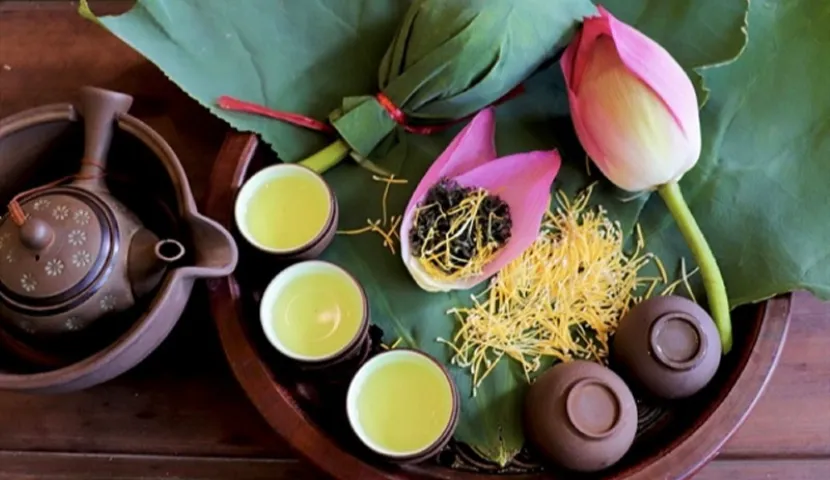






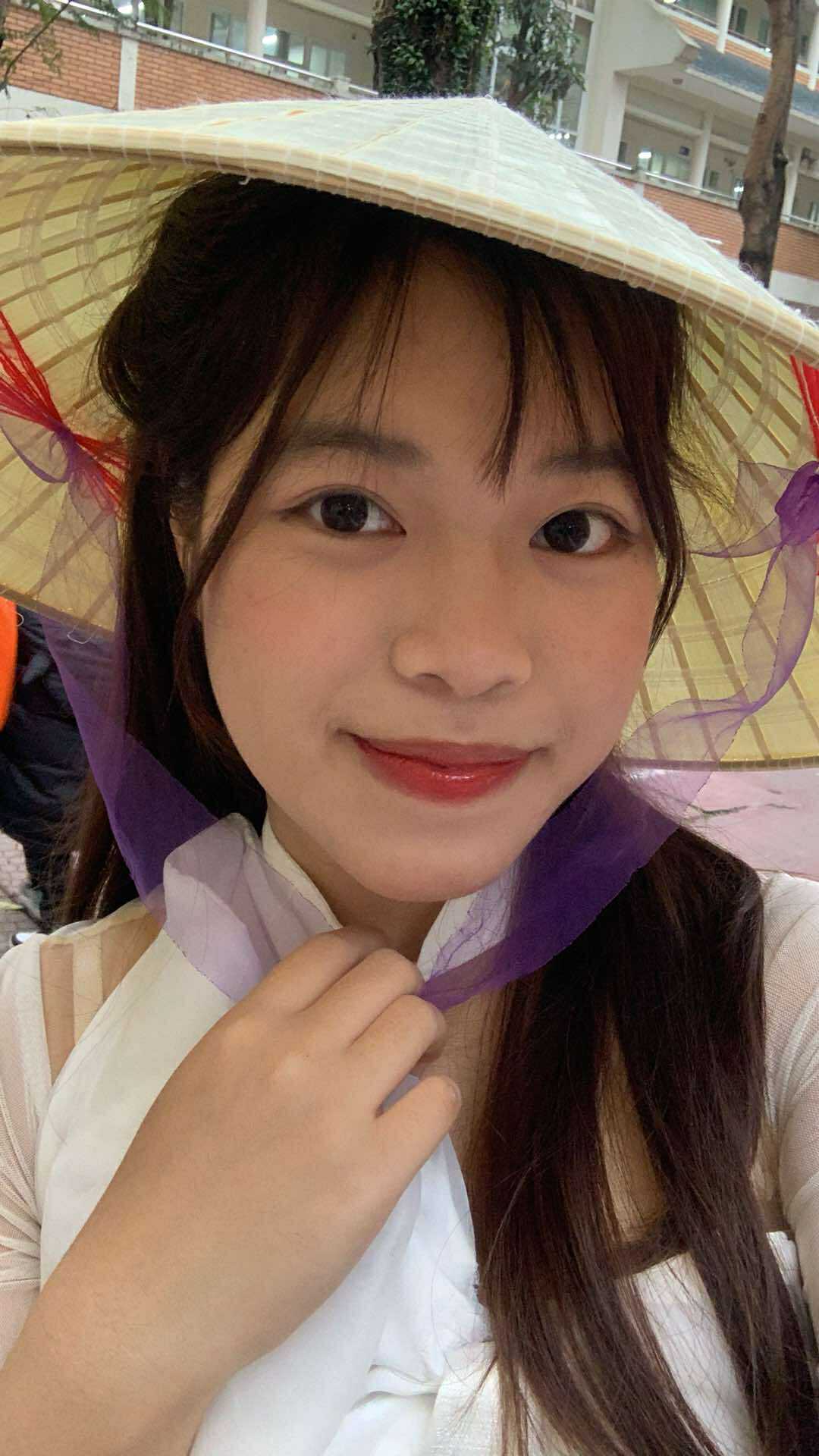




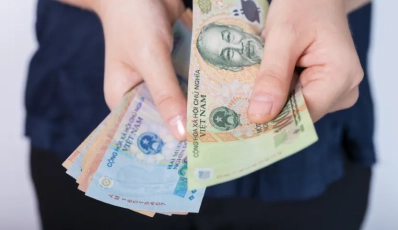


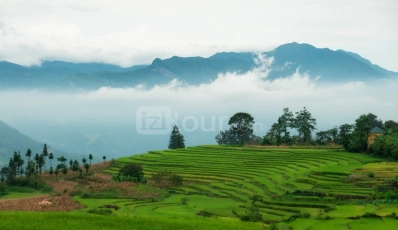
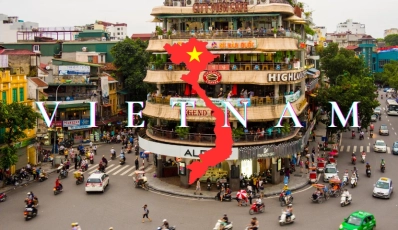

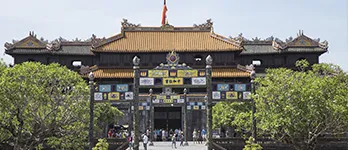


 TRAVELERS' CHOICE 2025
TRAVELERS' CHOICE 2025 


